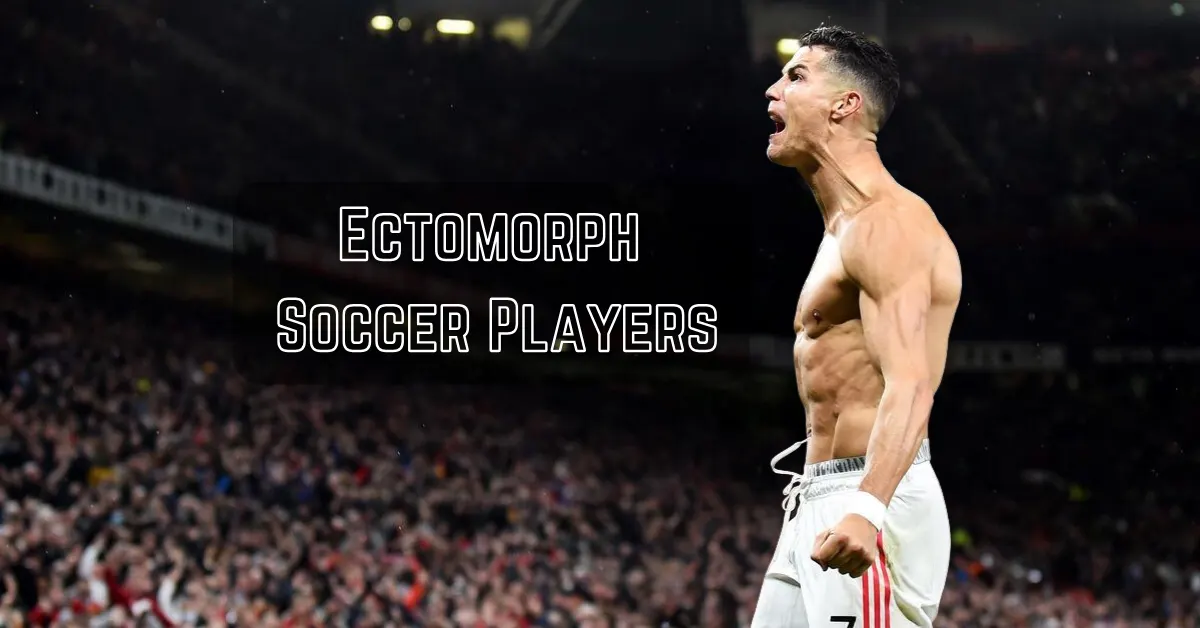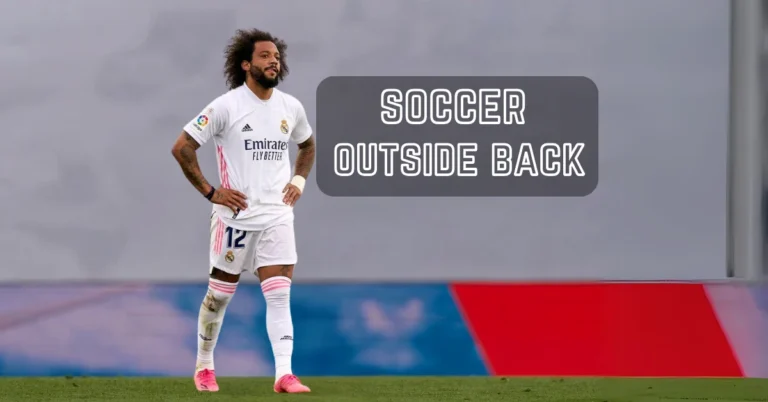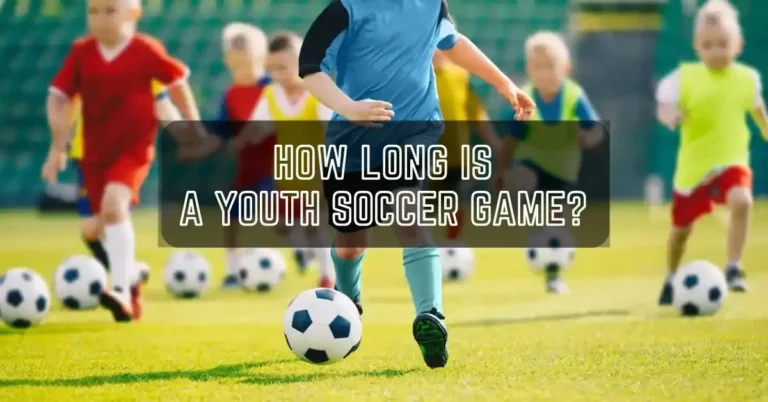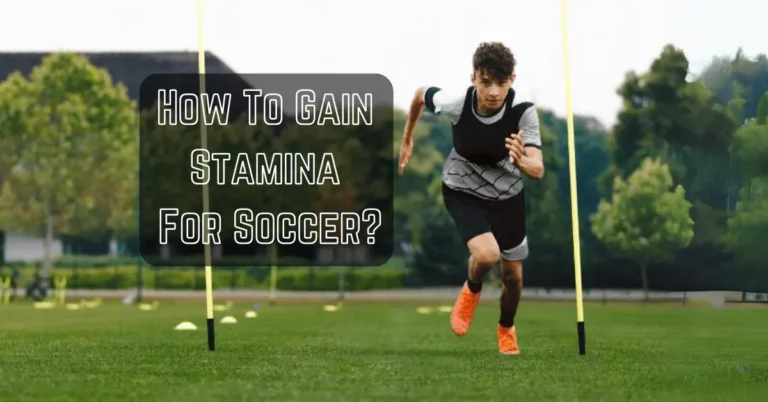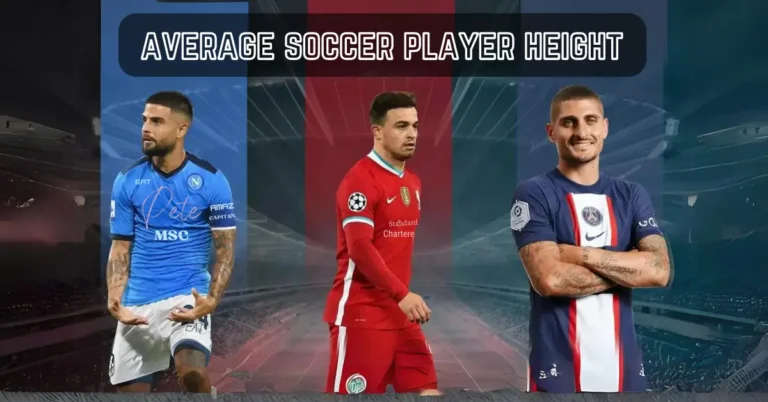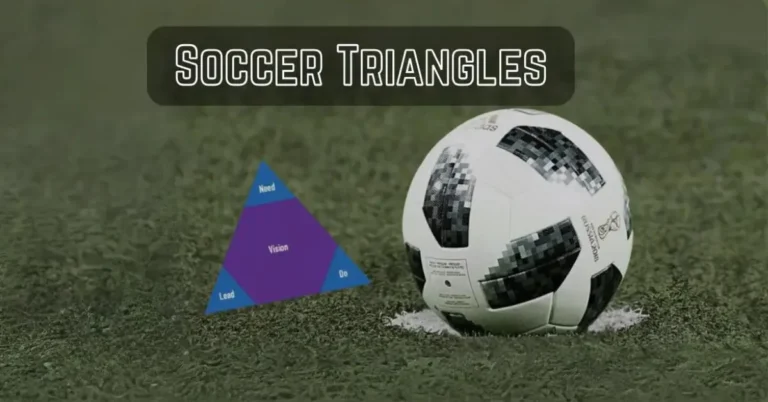Ectomorph Soccer Players – Position, Strengths And Tips
In soccer, players are all different sizes and types, and each has their special skills that help them do well on the field. One group that stands out is ectomorph soccer players, known for having fragile bodies.
While soccer traditionally celebrated strength and power, ectomorphs bring different skills to the game, relying on agility, speed, and endurance to outmaneuver their opponents.
What are ectomorph Soccer Players?
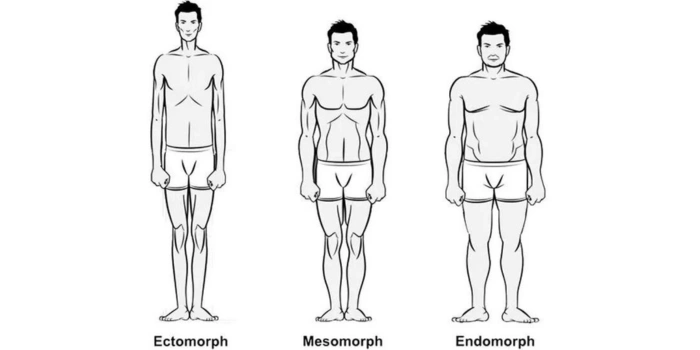
Ectomorph soccer players are individuals with a specific body type characterized by a lean and slender build. The term “ectomorph” is often used in the context of somatotypes, a classification system based on body shape and composition. Ectomorphs typically have narrow shoulders, long limbs, and low body fat.
Best Positions for Ectomorph Soccer Players
Ectomorph soccer players could use their slim, slender bodies to their advantage in certain positions. Soccer is a dynamic sport with several playing styles, but ectomorph players excel in these positions:
Winger

Ectomorphs often excel as wingers due to their agility and speed. Wingers need to make quick bursts down the flanks, deliver precise crosses, and cut inside to take shots – tasks that align with the strengths of ectomorphs.
Attacking Midfielder
As playmakers, attacking midfielders require vision, technical finesse, and the ability to navigate tight spaces.
Ectomorphs can use their agility and ball control to create scoring opportunities and contribute to the team’s offensive strategies.
Fullback
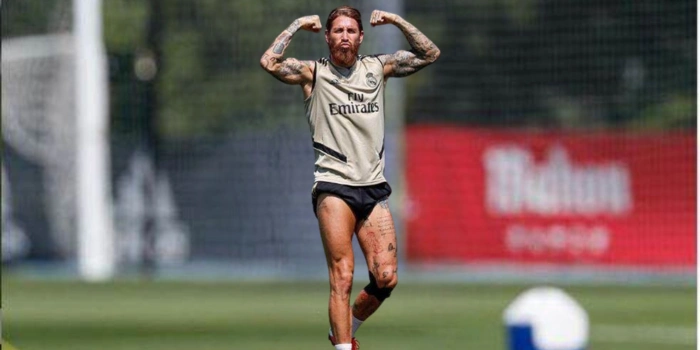
Ectomorphs can thrive as fullbacks, responsible for both defensive and offensive duties on the wings.
Their speed and endurance make them effective in supporting attacks while quickly recovering to defend against opposing wingers.
Central Midfielder
In the center of the pitch, ectomorphs can excel as box-to-box midfielders, contributing to both defense and offense. Their endurance allows them to cover a large area, and their technical skills make them valuable in retaining possession and distributing the ball.
Striker
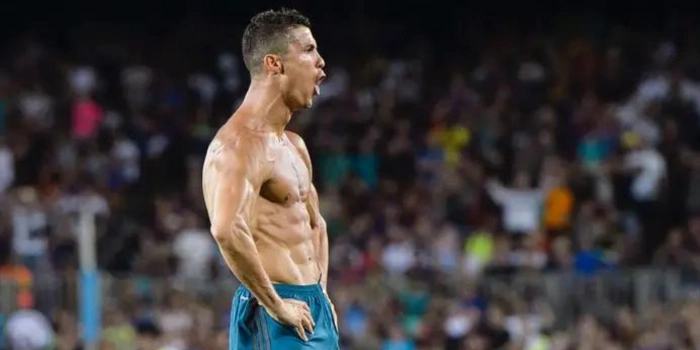
While not traditionally associated with the ectomorph physique, certain strikers or second strikers benefit from their agility and acceleration. Ectomorphs can use their speed to exploit spaces in the opponent’s defense and create goal-scoring opportunities.
Defensive Midfielder
Ectomorphs can excel in the role of a holding midfielder, screening the defense and initiating plays from deep positions. Their agility is beneficial for intercepting passes and disrupting the opponent’s attacks.
See Also Soccer Triangles
Strengths of ectomorph Soccer Players
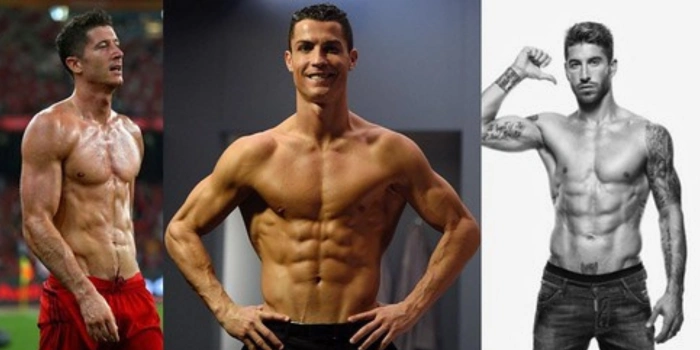
Ectomorph soccer players, characterized by their lean and slender physique, possess a distinct set of strengths that contribute to their success on the soccer field. These strengths include:
Agility
Ectomorphs typically exhibit exceptional agility due to their lean build and low body fat. This quality allows them to navigate through tight spaces, change direction quickly, and elude defenders with ease.
Speed
The streamlined body structure of ectomorphs lends itself well to high-speed movements. Soccer often requires players to sprint down the field, make quick breaks, and outrun opponents – areas where ectomorphs can excel.
Quick Recovery
Ectomorphs often experience quicker recovery times between sprints or intense physical efforts. This allows them to bounce back rapidly, making them effective in both offensive and defensive scenarios.
Technical Skills
To compensate for potentially lower levels of physical strength, ectomorph soccer players often focus on honing their technical skills. This includes precise ball control, accurate passing, and finesse in shooting, making them valuable contributors to team play.
Versatility
Ectomorph soccer players are often versatile in their playing roles. They can adapt to various positions on the field, such as wingers, fullbacks, or attacking midfielders, leveraging their agility and speed to fit different tactical requirements.
See Also At What Age Do Soccer Players Retire?
Weaknesses of ectomorph Soccer Players
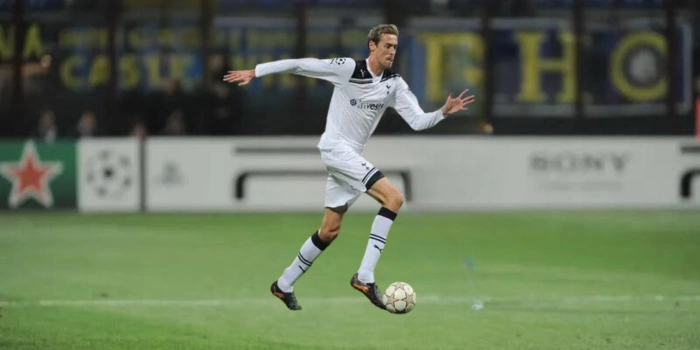
Ectomorph soccer players enjoy particular strengths but may struggle on the pitch. Recognizing that these shortcomings are relative and vary by person is crucial. Ectomorph soccer players’ vulnerabilities include:
Physical Strength
Ectomorphs may lack the physical strength traditionally associated with certain soccer positions. In physical duels and challenges, they may find it challenging to compete against opponents with a more robust build.
Aerial Presence
Due to their lean physique, ectomorphs may struggle in aerial duels, both defensively and offensively. Winning headers against taller and stronger opponents can be a particular challenge for them.
Injury Susceptibility
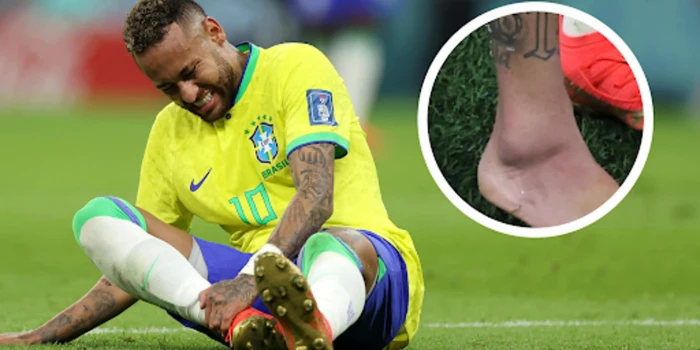
The slender frame of ectomorphs may make them more prone to injuries, especially in physical and contact-heavy situations. They may need to focus on injury prevention and strengthening exercises to mitigate this vulnerability.
Body Mass
Ectomorphs may struggle to gain and maintain muscle mass, which can impact their ability to absorb physical challenges and protect the ball effectively. Strength training and conditioning become crucial aspects of their training regimen.
Challenges in Physical Play
In situations where physical play is emphasized, such as battling for possession or shielding the ball from opponents, ectomorphs may face difficulties against stronger and more robust players.
See Also Common Knee Injuries From Soccer
best Tips for ectomorph Soccer Players
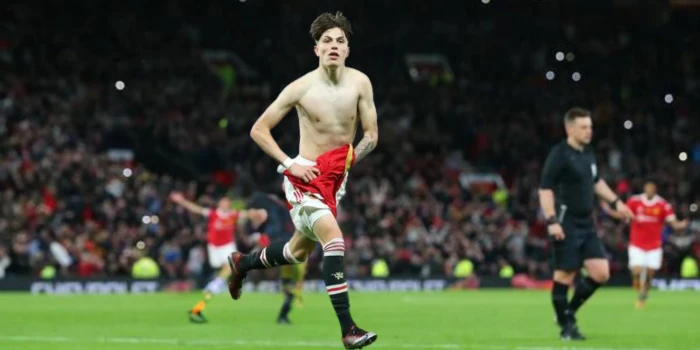
Ectomorph soccer players can maximize their performance on the field by focusing on specific aspects of training, nutrition, and playing style. Here are some tips tailored to the characteristics of ectomorphs:
Balanced Nutrition
Consume a well-balanced diet that includes an adequate amount of calories, protein, carbohydrates, and healthy fats. Ectomorphs may need to eat more than others to support their energy needs and facilitate muscle growth.
High-Intensity Interval Training (HIIT)
Incorporate HIIT workouts to improve sprinting speed and enhance cardiovascular fitness. Short bursts of intense activity followed by brief rest periods mimic the demands of soccer and can contribute to better overall performance.
Focus on Speed and Agility Drills
Develop agility and speed through targeted drills that emphasize quick changes in direction, acceleration, and deceleration. These drills can enhance your ability to navigate the field effectively.
Strength Training
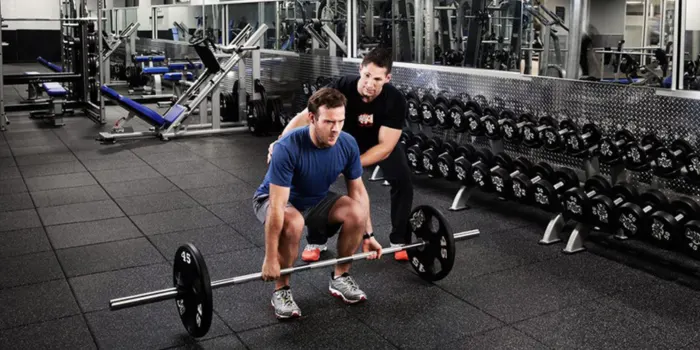
Incorporate targeted strength training into your fitness regimen to build muscle mass and improve overall strength. Focus on compound exercises such as squats, deadlifts, and bench presses to enhance functional strength.
Injury Prevention
Prioritize injury prevention by incorporating flexibility exercises and injury-specific drills into your training routine. This can help mitigate the risk of injuries associated with the lean ectomorph physique.
Positional Awareness
Leverage your agility and endurance by focusing on positions that emphasize these attributes, such as winger, attacking midfielder, or fullback. Being mindful of your playing style and positioning can maximize your impact on the game.
FAQs
Ectomorphs can be well-suited for football as their lean and agile physique can contribute to speed and maneuverability on the field.
Ectomorphs may excel in sports that emphasize endurance and agility, such as long-distance running, swimming, and gymnastics.
Sports involving heavy physical contact, like rugby, may not be the best fit for ectomorphs due to their typically slender build, which might make them more susceptible to injury.
Yes, endomorphs can play soccer, but they may need to focus on conditioning to optimize their performance and mitigate potential challenges associated with their tendency to store more body fat.
Conclusion
Ectomorph soccer players challenge conventional notions of what makes an elite athlete. Their slender build, when coupled with agility, speed, endurance, and technical prowess, allows them to excel on the soccer field. As the game continues to evolve, the success of ectomorphs highlights the importance of embracing diverse body types and recognizing the unique strengths each player brings to the beautiful game.

